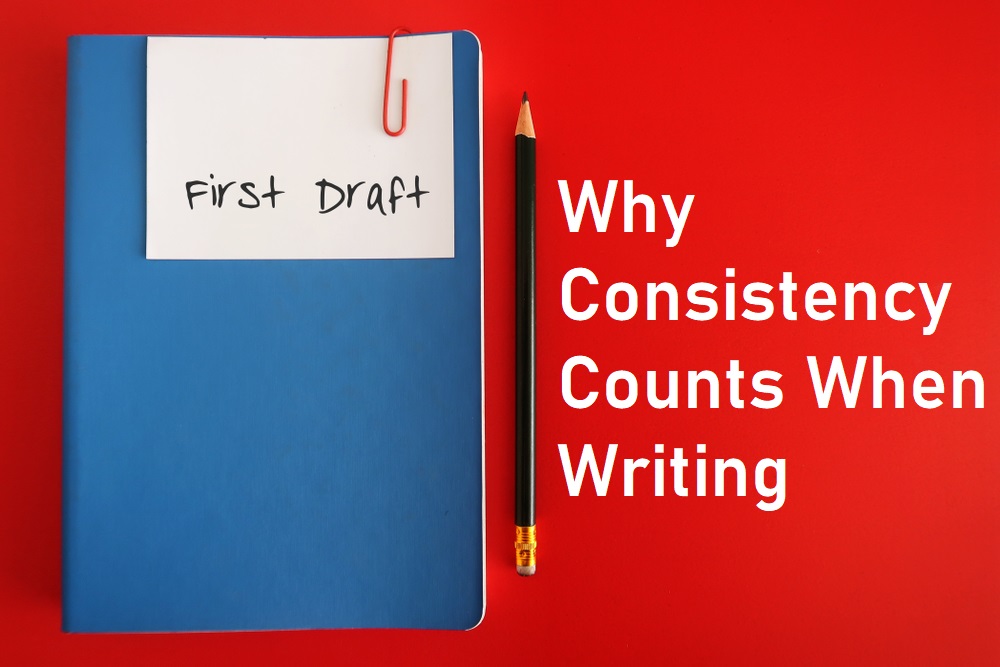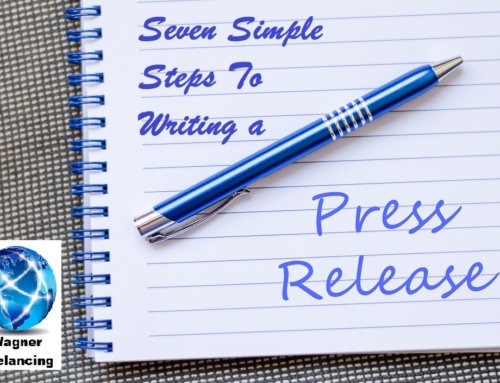By A.J. Flick
Recently, an author friend began an online discussion among fellow writers when he posted that he was having trouble reading a book in which the author switched from the first person to third and from “and” to “&.” It reminded me of a time when a former colleague asked me to read her manuscript that she was just about to send to publishers.
As I always do when friends ask me to review something they’ve written, I asked her, “Do you really want my honest opinion or do you want me to tell you what you want to hear?” She said she really wanted my honest opinion.
I couldn’t get past that she switched from first to the third person. After seven chapters, I couldn’t tell who the protagonist was and thought it might even be what was supposed to be a haunted house but read like it was an HGTV extreme fixer-upper contender. I didn’t want to read the rest of the manuscript and I didn’t.
She didn’t understand what I meant by the first and third person. Long story short, I told her that her manuscript would never make it past a reader at a publishing house. She was crushed, but I was honest.
One of my cardinal rules of writing is that while it’s OK to break the rules, you have to know what the rules are and why you’re breaking them.
My author friend didn’t have a problem with the first- to third-person switches because the author presented them well and on a purpose, to show different perspectives. It was the switching between “and” and “&” that got to him. Although the author was consistent among the tenses, each ampersand yanked my friend out of the story.
Consistency is something that often gets lost in the excited flurry of writing and something that good editors look for. In newspapers, it often was an issue of a reporter using present or past tense such as “says” and “said” within an article. Most newspapers prefer to use “said,” but there were times when I used “says” because I felt the article called for it and was consistent within the article using the same tense throughout.
But checking for consistency can be much more complicated. I edited a book manuscript in the science fiction genre (not my specialty, but it was a nice break from non-fiction and primarily true-crime manuscripts I usually got to edit). In this work, the author had to create an entire world out in space, from what the language was called to place names to character names.
The manuscript was well written, but because editing it involved more than just catching common typos in our world, such as Tuscon instead of Tucson, I kept a list of certain words and names that were inconsistent to run past the author.
He was surprised and grateful. He had made his own bible of his outer-space world and thought he’d caught all of the inconsistencies. But nothing beats having “fresh eyes” edit a written work.
As a writer, if you’re working on a long-term project such as a book manuscript, it’s so easy to miss mistakes because you’ve looked at the copy so much. Your mind fills in the gaps to what’s missing on the page, so you don’t see that you’re lacking a transition, repeated copy, etc.
Good editors make writers better. I didn’t realize the value of good editing until I became one. As an editor, I clearly saw patterns of mistakes and would think I never did that as a writer. But many times, I did. I’m the kind of editor who tells the writer about these patterns. I’m not going to point out all the typos or grammar errors I fixed, but I am going to tell the writer about patterns I see so they can improve their writing. Some writers accept this criticism better than others.
The worst kind of editor is the one who thinks that something HAS to be changed, and noticeably changed, in order to feel like the job is done. (Hey, I love nothing more than to edit something that’s so beautifully and artfully written that I don’t have to change a word or punctuation!) Or a bad editor will say, “You need to fix this. I don’t know why you need to fix it or how to fix it, just fix it.”
My own book, “Toxic Rage: A Tale of Murder in Tucson,” was supposed to be published in 2008 or so. Due to circumstances I won’t go into here, it wasn’t. It was published in 2018 by WildBlue Press, a small Colorado publishing house that specializes in non-fiction and true crime.
While I wish I could have been a published author a decade earlier, the book is much better for having been published a couple of years ago because I had learned so much about writing a book in those lapsed years to make it better. The original first chapter was moved back and a new chapter brought forward and rewritten. Another chapter was cut because the editor said it distracted him from the main story. It isn’t perfect – and I cringe when I find a typo or something I wish I could have written or edited better – but I’m proud of it.
I did something in my book I’d never have done in the daily newspaper stories I wrote about the murder case that inspired “Toxic Rage.” I used first names for the central characters on the second reference unless there was a need for clarity or the last or full name was used in a quote. For newspapers, second references are always the last names and exceptions are rare.
I used the first names on purpose to humanize the central characters. I wanted the book to read more like a novel than a blow-by-blow murder trial or long newspaper article. Then I used last names on the second reference for other people, such as the judge and attorneys, keeping them more at arm’s length as authority figures, character-wise.
That’s what’s great about writing. As long as you know the rules, have a reason to break them and are consistent, you will keep readers focused on the story you’re telling instead of your writing technique (or lack thereof!).


